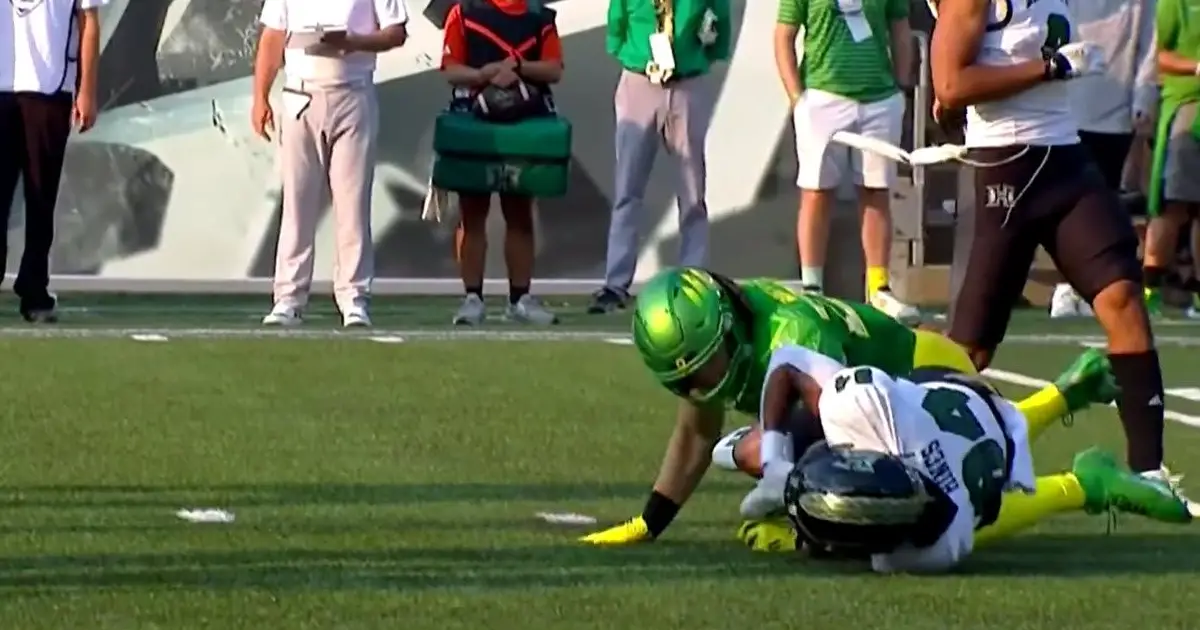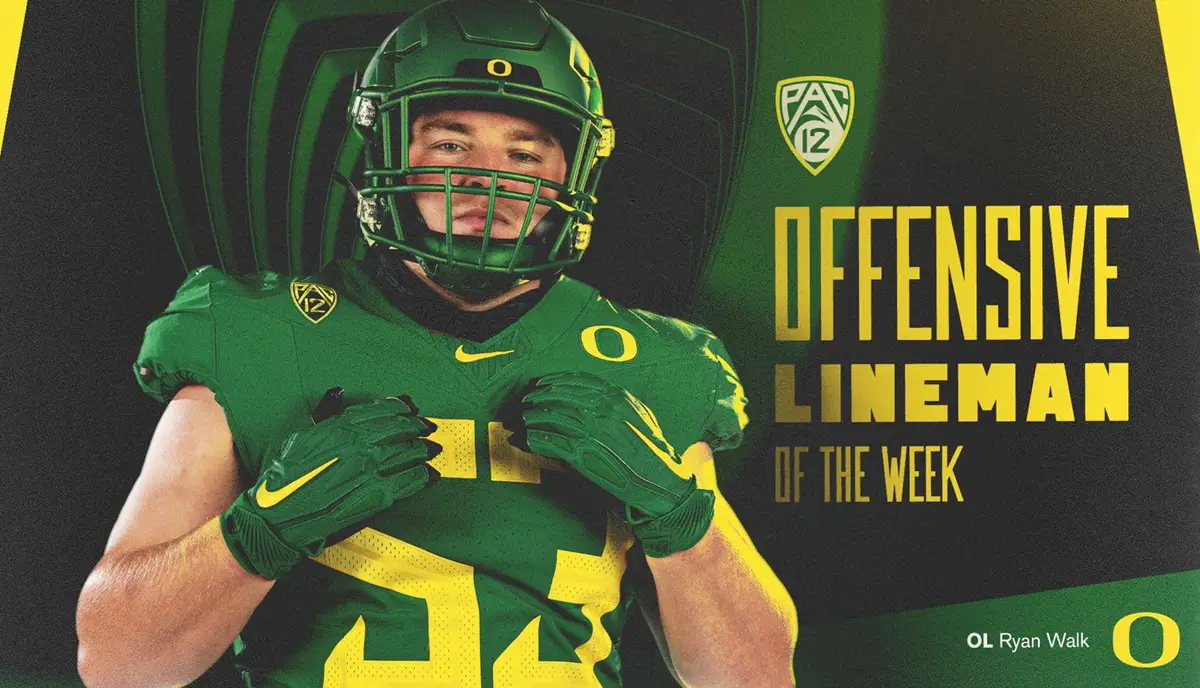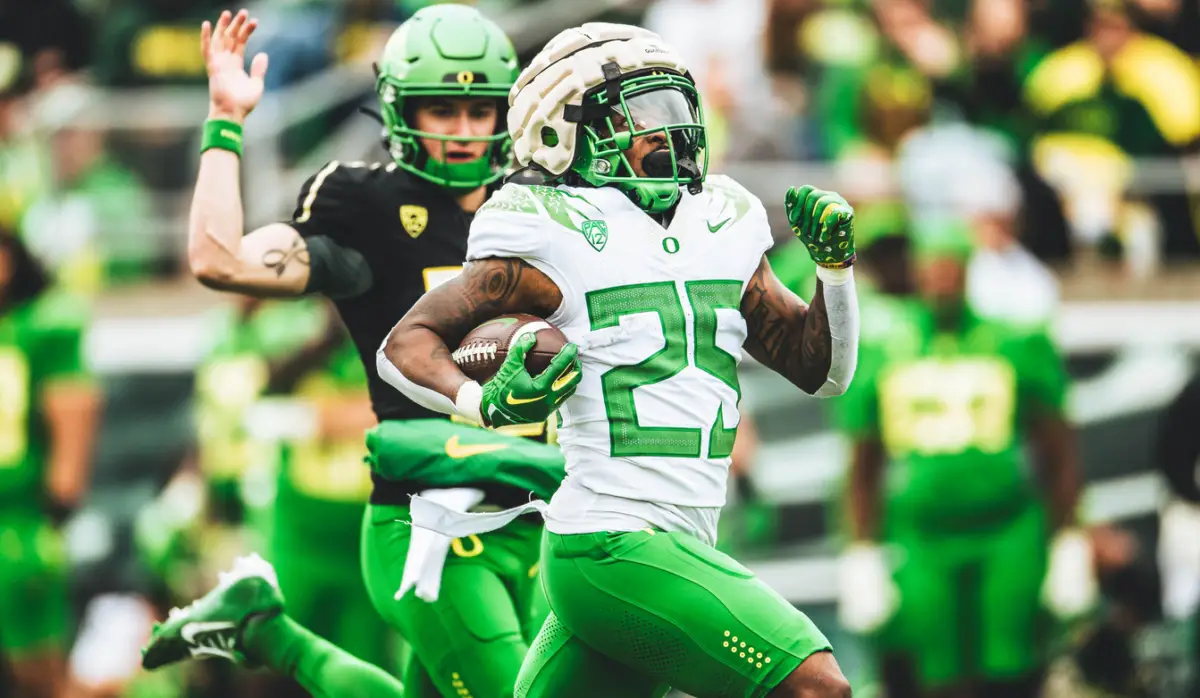One proposed rule change coming up for college football is reducing the team rosters down to 85-95, but there is no consensus on the set number at this time. Part of this is in fear that soon schools will have to pay their players, and by reducing the roster size for football this will reduce the overall payout. However, there is no current talk about reducing the number of scholarship players, which currently sits at 85 per team for FBS schools. A program can have a roster of up to 125 total, which leaves 40 spots for walk-on players.
Most teams don’t fill their rosters to the maximum, and even if they did, it is important to note that only 75 players can play in any given game. That is why travel squads are capped 75 players. At home games, more players are allowed to dress and participate on the sidelines, but only 75 can take a snap. Mr. FishDuck took some time from his fun at aw8 casino to discuss how these changes are going to impact Our Beloved Ducks.
It would seem that a reduction in the roster size wouldn’t matter. It is only targeted at walk-on, non-scholarship, players as their numbers will be reduced down to 10 or potentially eliminated entirely.
This also feels like a shot at one of the potential NIL abuses. Despite teams having an 85 scholarship player cap, having outside NIL groups pay a player’s tuition, housing, and other expenses equates to a scholarship. Walk-ons today also have effectively full access to a team’s amenities, and the NCAA has loosened many of these restrictions over the years.
In today’s environment there is nothing stopping well-funded NIL groups from giving their programs effectively 125 scholarships. There is also no way of knowing who is and isn’t benefiting from these arrangements, but it wouldn’t come as a shock if every major program in the country was doing this.

Bryce Boettcher was a walk-on for Oregon football and played valuable minutes in the early weeks of the season.
(Photo From: Pac-12 Media Screen Shot)
Even with these concerns and potential abuses, it feels like a mistake for the NCAA to pass a rule to reduce roster sizes in college football that would in effect eliminate walk-ons.
Specialists
I did a deep dive a few years ago into specialists (kickers, punters and long snappers) and why they deserve scholarships. In short, outside of a couple of specialist players, they are all walk-ons. In the age of NIL it feels safe to assume these players are getting NIL scholarships, but these positions are of critical importance to every team though they rarely get scholarships.
If roster sizes were reduced, the specialists would be the most heavily influenced. There would probably be fewer of them on a team, and if they needed to be given a scholarship to be on the team, this would come at the expense of players at other positions. All teams would likely see a decline in their specialists’ abilities as teams would just opt for fewer of them — thus, less competition between these positions — and it could even force kickers to take on multiple roles on a team.
As Duck fans we recall what happened when Camden Lewis took on kickoff duties in addition to his field goal kicking. We saw a drop in touch-backs and kickoff accuracy. Having a dedicated kicker, punter and kickoff specialist makes the college football on-field product better.
The reality is that specialists deserve actual scholarships (and there should be scholarships allocated and dedicated to specialists, but that seems unlikely). Instead, they settle for NIL scholarships, which we are still only assuming they receive.
Diamonds in the Rough
Perhaps the most obvious reason to keep healthy walk-on numbers comes down to finding players who later become stars. Even with all the eyeballs from coaches, recruiting staffs and recruiting services out there, it is impossible to fully evaluate every high school and junior college player in the country to determine his potential.

Ryan Walk was a walk on who became a central part of the Oregon offensive line in 2022 and 2023.
(Photo From: Oregon Football Twitter)
Especially when many of these young men haven’t finished growing — let alone how a good strength and conditioning program can transform even top athletes. It can do the same for walk-on players who haven’t met their potential. Having roster spots open to these players allows teams take chances on project players and see if they can develop into contributors.
Former Oregon offensive lineman Ryan Walk came to Oregon as a walk-on from Sheldon High School and became one of the Ducks’ most consistent linemen and eventually earned a scholarship position on the team.
Scout Teams
Scout teams are the home of the vast majority of walk-ons. These are the unsung heroes who make teams great, and every head coach worth their pay knows this. Sure, there are scholarship players, usually third and fourth stringers, who also have scout team duties but the backbone to the scout teams are walk-ons. These players rarely see the field, and when they do it comes in the garbage time minutes.
But these players are what can make or break a good or great team. They emulate the opposing team’s schemes and do the hard work to prepare their teams to win games. If walk-ons were eliminated from college football these jobs would still be done, but for the walk-ons, being able to participate on the team is a meaningful experience. For many it isn’t about trying to get playing time, but to be part of a program they love.
It feels like a great shame to take that away from student-athletes — and walk-ons really still are student-athletes — along with their connection to their school’s team.
Walk-ons are really one of the last things that makes college sports different from the pros. Walk-ons get a chance to compete and prove themselves worthy of suiting up for their team. For most, this is an act of love to their team because they don’t have a scholarship. Some were recruited as walk-ons, while others just showed up for tryouts.
Either way, these kids’ stories are part of the fabric of college football, and eliminating walk-ons would just be another loss to the sport.
David Marsh
Portland, Oregon
Top Photo By: Steven Chan

Natalie Liebhaber, the FishDuck.com Volunteer Editor for this article, works in technology in SLC, Utah.
Related Articles:
Will The Coaching Carousel Kill Oregon's CFP Chances?
The Playoff Formula Hasn't Changed
Oregon Aims to Bury Dawgs, Punch Playoff Ticket in Rivalry Clash
Huskies Are the New Beavers, Stay In Your Lane Kiffin, and the Civil Apple Cup War
Oregon Football: The X-Factor Vs. Washington
Oregon vs. USC was the Game this Season Needed

David Marsh is a high school social studies teacher in Portland, Oregon. As a teacher he is known for telling puns to his students who sometimes laugh out of sympathy, and being both eccentric about history and the Ducks.
David graduated from the University of Oregon in 2012 with Majors in: Medieval Studies, Religious Studies, and Geography. David began following Ducks Football after being in a car accident in 2012; finding football something new and exciting to learn about during this difficult time in his life. Now, he cannot see life without Oregon football.

